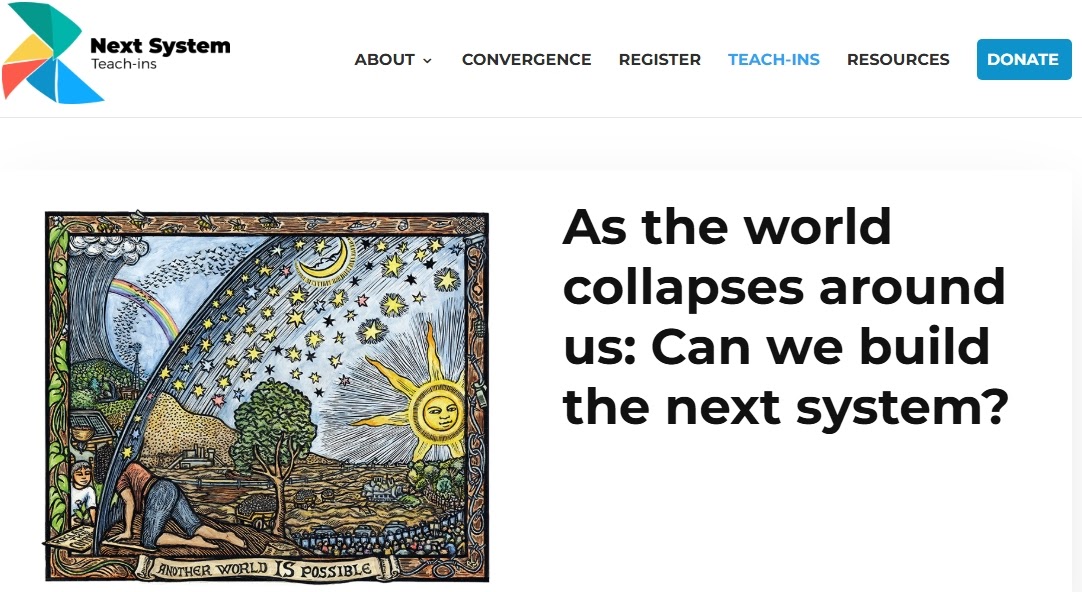According to reports, a brief note issued by the Department of Home Affairs through the Provider Registration and International Student Management System (PRISMS), which oversees international student data, confirms that evidence levels have been updated.
“The September 2025 evidence level update for countries and education providers (based on student visa outcome data from 1 July 2024 to 30 June 2025) has taken place, effective for applications lodged on or after 30 September 2025,” read a statement by the DHA on the PRISMS website.
Consultants and universities in Australia are able to work out these levels through the government’s document checklist tool, which reveals a provider’s risk standing based on the requirements triggered when paired with a student’s country of origin.
Reports suggest that level 1 (lowest risk) includes Bangladesh and Sri Lanka; level 2 (moderate risk) includes India, Bhutan, Vietnam, China, and Nepal; and level 3 (highest risk) includes Fiji, the Philippines, Pakistan, and Colombia.
Although India and Vietnam, both prominent source markets for Australia, improved from level 3 to level 2 on the back of stronger grant rates, China slipped from level 1 to level 2, possibly due to a surge in asylum applications from Chinese nationals, particularly students, as some reports suggest.
While education providers in Australia registered under CRICOS (Commonwealth Register of Institutions and Courses for Overseas Students) are assigned an evidence level, each country is also given one based on its past performance with student visas, particularly visa refusals, asylum applications, and breaches of conditions.
Are there not more Indians applying for protection visas? Hasn’t Nepal followed Sri Lanka and Bangladesh in political turmoil, where the economy has suffered? This has raised concerns around students meeting GS requirements
Ravi Lochan Singh, Global Reach
The combination of provider and country levels determines the documents required for an international student’s visa application.
Stakeholders have highlighted the lack of transparency in assessing country risk levels, particularly as students from countries with reduced risk ratings may still arrive in Australia under precarious conditions.
“Are there not more Indians applying for protection visas? Hasn’t Nepal followed Sri Lanka and Bangladesh in political turmoil, where the economy has suffered? This has raised concerns around students meeting GS requirements. There are also whispers that certain operators may encourage students to apply for protection visas,” stated Ravi Lochan Singh, managing director, Global Reach.
Visa prioritisation is already tied to intended caps, with applications processed on a first-in, first-out basis until a provider reaches 80% of its allocation, explained Singh.
With almost all universities now streamlined for visas and the majority promoted from level 2 to level 1, lowest risk, and almost none remaining in level 3, the evidence-level system appears unnecessary to some.
“The concept of ‘streamlining’ (and then the development later of the SSVF) took place at a time where there was a whole-of-government focus on growing international student numbers and increasing the value, while maintaining integrity, of the highly important international education sector,” shared Mike Ferguson, pro vice-chancellor of Charles Sturt University.
According to Ferguson, a former DHA official, “English and financial requirements were streamlined as part of the visa process, based on a risk assessment, given the other safeguards in place – obligations enforced by TEQSA and ASQA in terms of providers ensuring students have sufficient English proficiency and the use of the GTE requirement to consider a student’s holistic economic circumstances.”
However, with international student numbers rising since the early 2010s, “times have changed” and the focus has shifted to managing enrolments and ensuring sustainable growth, explained Ferguson.
“My view is that all students should provide evidence of funds and English with the visa process. That would align with community expectations, support enhanced integrity and potentially help to some degree with some of the course hopping behaviour we are seeing (though the latter requires a range of measures),” he contineud.
“DHA could still determine the degree to which they scrutinise the funds submitted but that would be based on a more holistic and granular risk assessment – not just based on country and provider.”
Singh further stated that concerns around visa hopping and attrition could be exacerbated, as international students may now enter Australia through universities and then transition to higher-risk, non-university sectors without needing new visa applications, especially since Australia has yet to mandate linking study visas to the institution of initial enrolment, unlike neighbouring New Zealand.
Moreover, Singh pointed out that when students arrive without adequate financial backing, it can increase visa misuse, which may lead authorities to tighten risk classifications again.
“The document checklist tool provides a clear framework for assessing the risk level of a university. However, it raises concerns about the recent trend of promoting the application of visas without financial funds, as suggested by the document checklist tools. While these visas may be approved, this approach could potentially lead to the return of the country to risk level 3 in the future,” stated Singh.
“For instance, if a country’s risk level is 3 (such as Pakistan), and Home Affairs requires financial and English requirements to be attached to the visa application, the university’s risk level is inferred to be 2. If the Home Affairs tool waives this requirement, the risk level is reduced to 1.”
The PIE has requested comment from the DHA and is awaiting a response.
Australia’s reported changes to country evidence levels come just a month after the government announced an additional 25,000 international student places for next year, raising the cap to 295,000.










